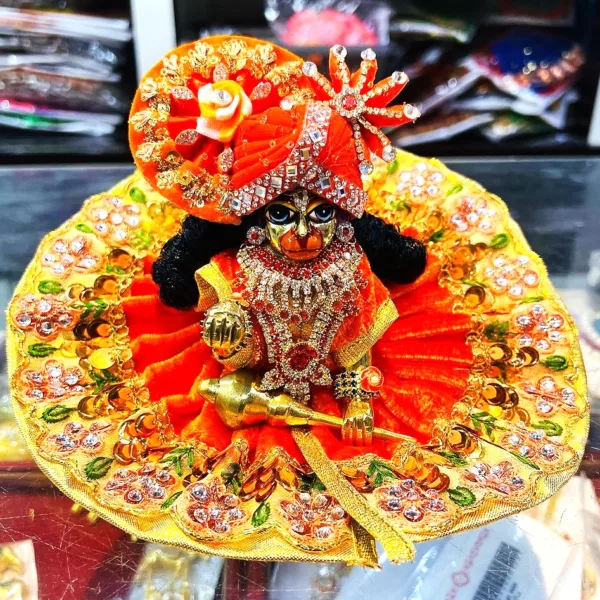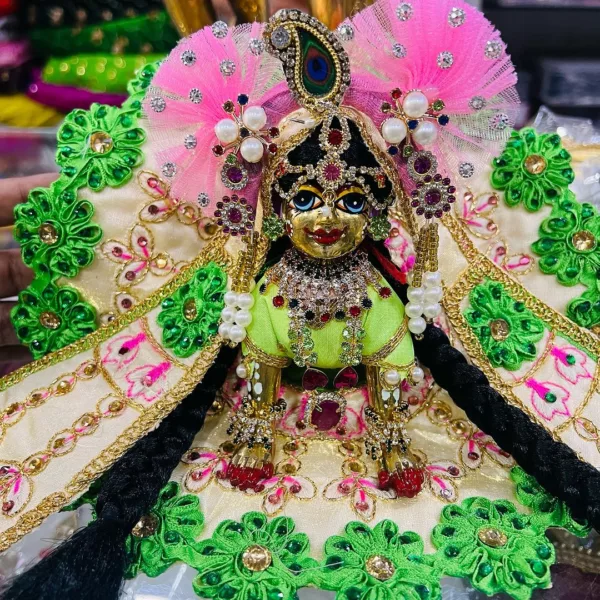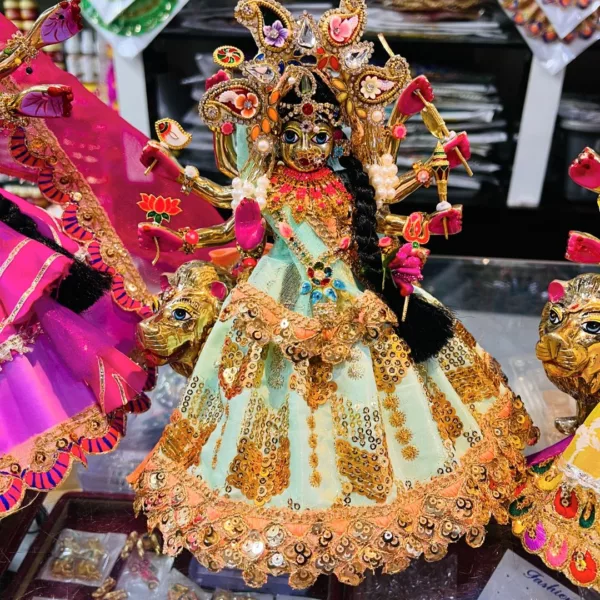
The Ram Mandir in Ayodhya, Uttar Pradesh, is not just a temple, but a symbol of faith and unity for millions of Hindus around the world. Many believe it to be the birthplace of Lord Rama, a principal deity in Hinduism.
Historical Significance
The site of the Ram Mandir has a rich and complex history. It is believed to be the location of the ancient Babri Masjid, which was built between 1528 and 15291. The mosque was demolished in 1992, leading to a long-standing dispute over the land.
In 2019, the Supreme Court of India delivered a verdict to give the disputed land to Hindus for the construction of a temple, while Muslims were given land nearby in Dhannipur to construct a mosque1.
Construction and Architecture
The construction of the Ram Mandir began in March 2020. The temple is being built in the Nagara style of architecture, characterized by its towering spires or shikharas. The temple is being constructed using pink sandstone and is spread across an area of 2.77 acres.
The temple complex will include one central temple with six more joined around it, creating a grand temple complex. The temple is being supervised by the Shri Ram Janmabhoomi Teerth Kshetra Trust.
Conclusion
The Ram Mandir in Ayodhya is a testament to the faith and perseverance of millions of people. It stands as a symbol of unity and harmony, reminding us of the power of faith and the importance of respect for all religions.



 Roli (रोली)
Roli (रोली)














